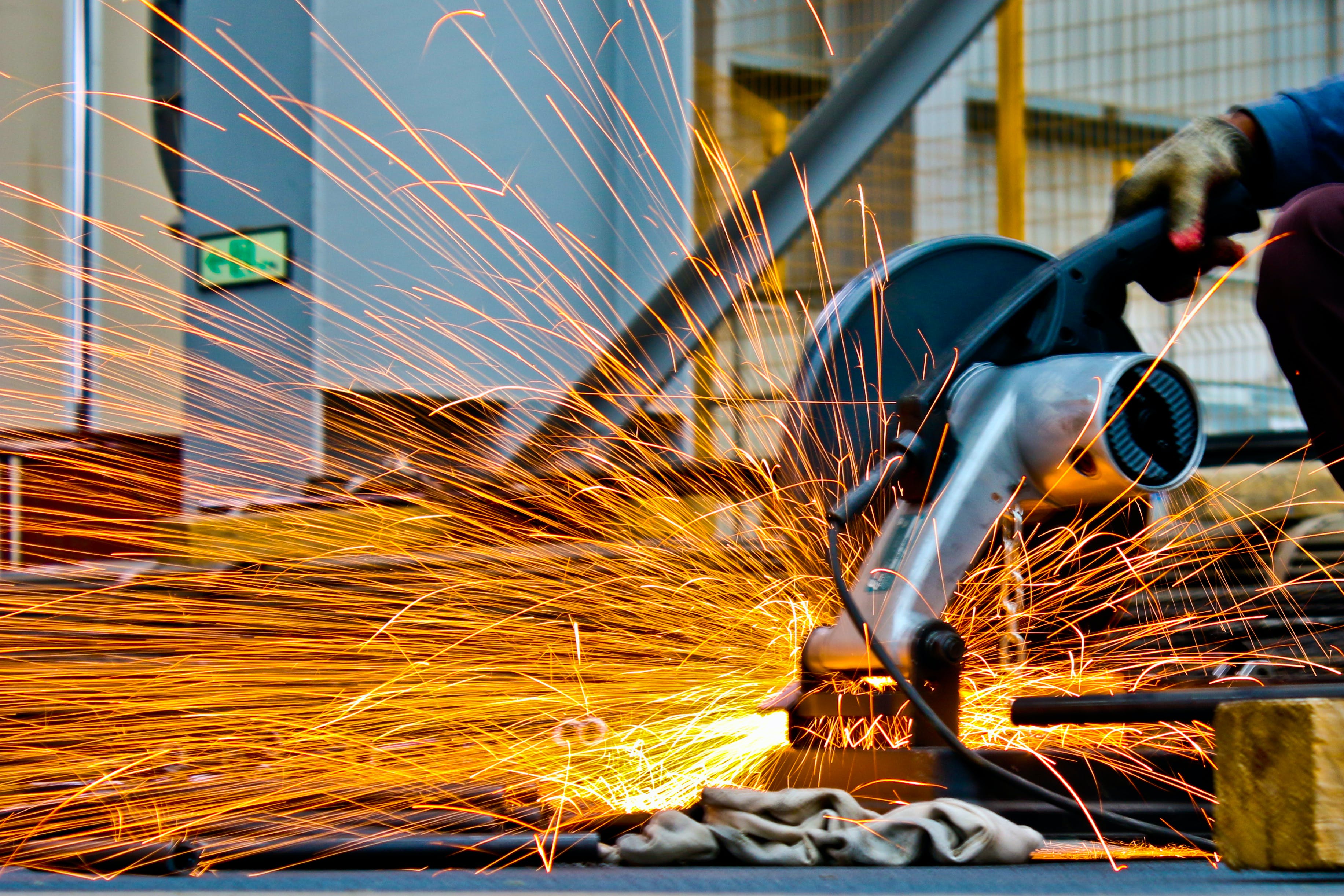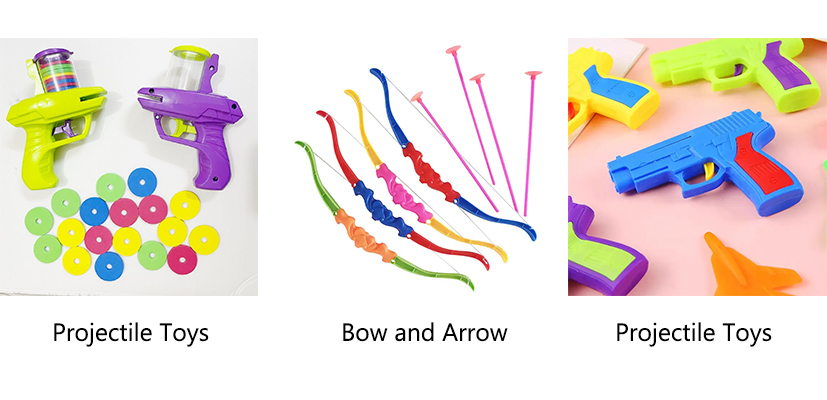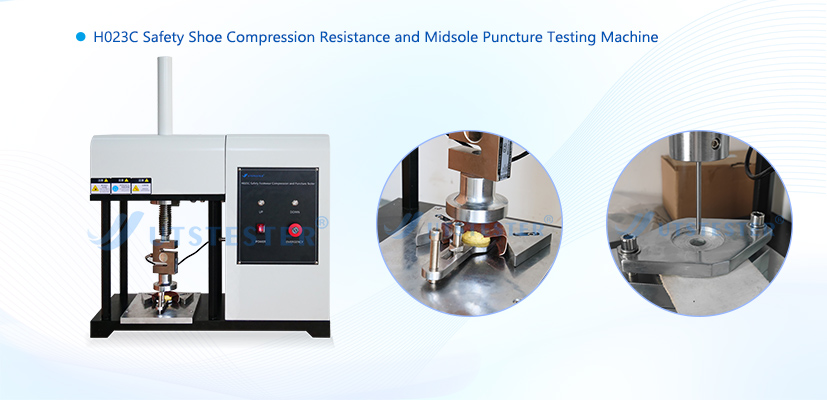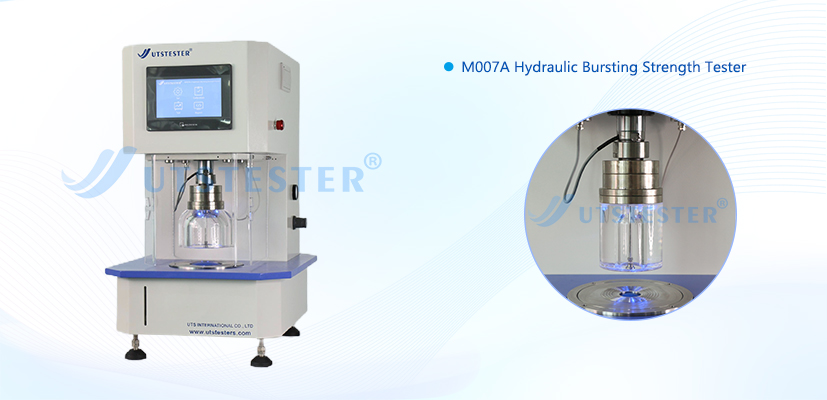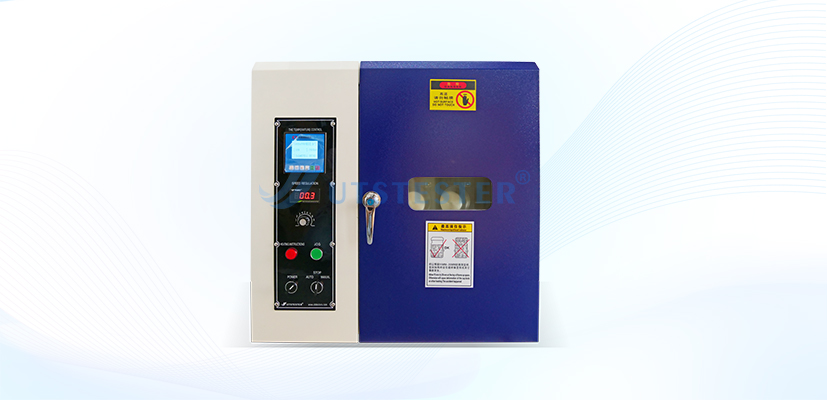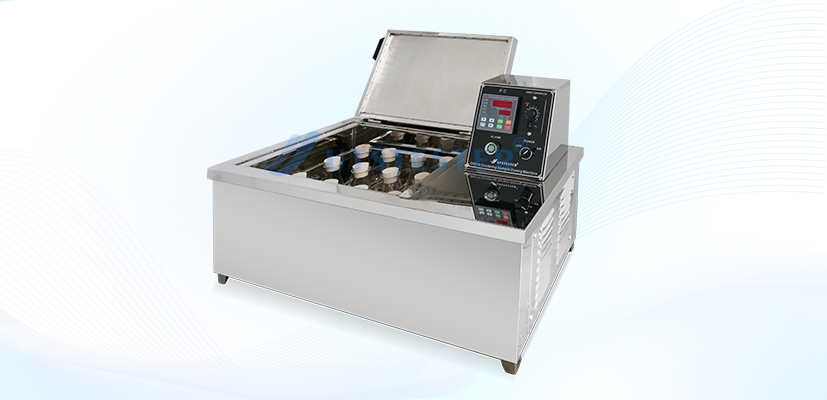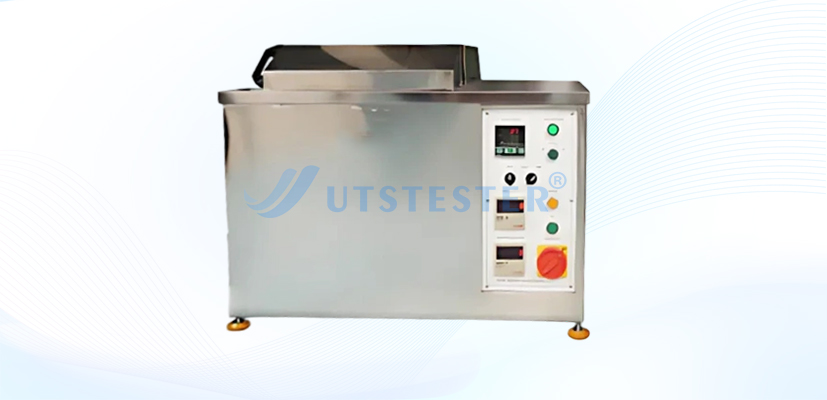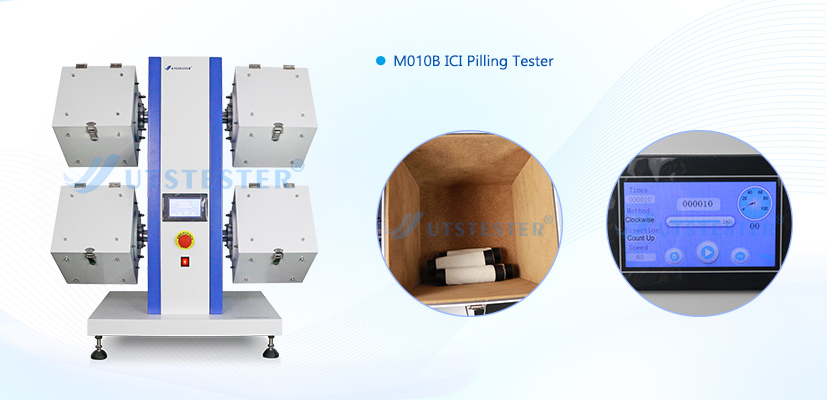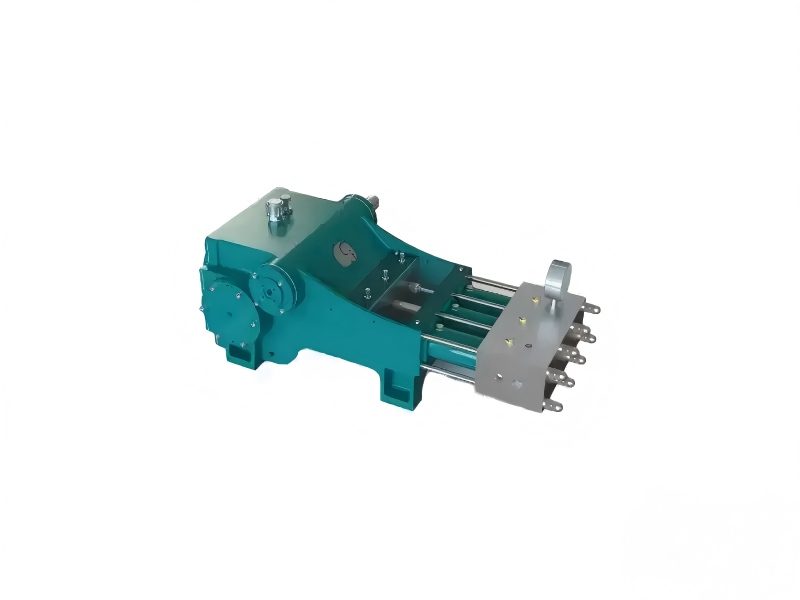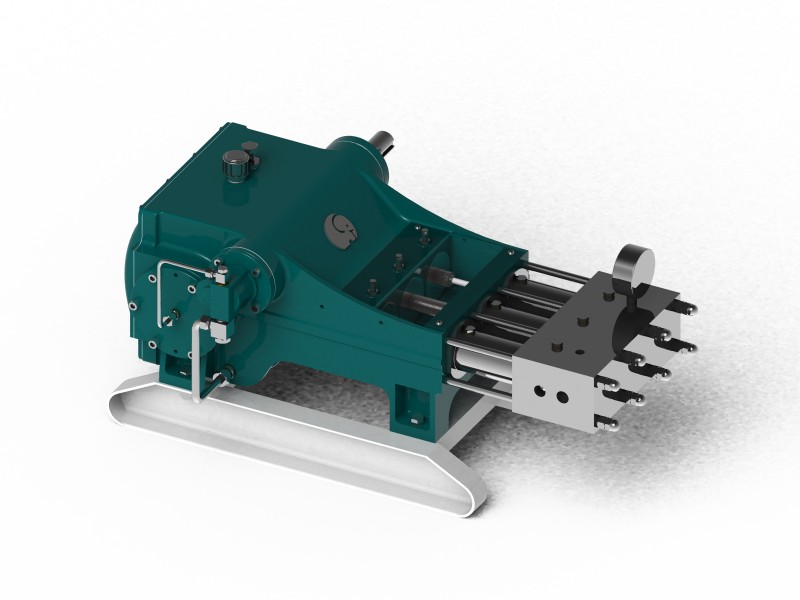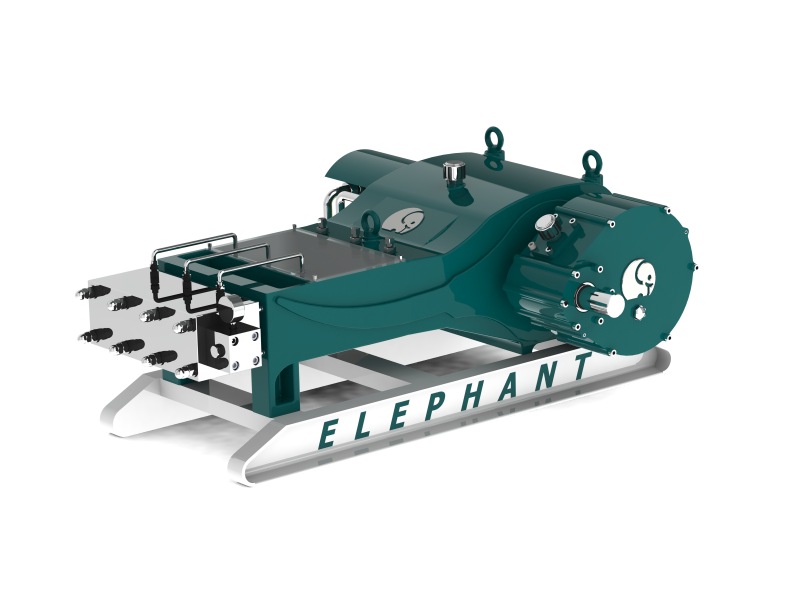Children's toy safety kinetic energy testing is a key testing item for assessing whether the kinetic energy generated by toys in motion (such as projectile, rotation, impact, etc.) may cause mechanical injury to children. It is one of the core indicators of toy safety compliance. Its core purpose is to ensure, through scientific measurement and calculation, that the kinetic energy of a toy's moving parts or movable objects is within a safe range, thereby avoiding risks such as contusions, lacerations, and eye injuries to children caused by excessive kinetic energy.
1. Toy Kinetic Energy Tester Features
The toy kinetic energy tester incorporates multiple features designed to simplify the testing process and enhance accuracy. Notable attributes include a large color display capable of showing charts for up to five tests, providing a comprehensive visual representation of test results. Additionally, the device is equipped with two measurement channels—internal and external sensor channels—to accommodate toys of varying sizes, ensuring the versatility and adaptability of the testing method.
The addition of microcomputer control functionality further enhances the efficiency of the testing process, allowing users to input parameters such as object weight and sensor spacing. These inputs are then used to automatically calculate test speed, kinetic energy, and maximum and average values, eliminating the need for manual calculations and minimizing the likelihood of human error.
Furthermore, the integration of a thermal printer facilitates the generation of experimental results, simplifying documentation and compliance with regulatory standards. This feature not only streamlines the testing procedure but also supports traceability and accountability for toy manufacturers.
2. Toy Kinetic Energy Testing Principle
(1) Projectile Kinetic Energy
Under normal usage conditions, use a method capable of measuring energy with an accuracy of 0.005 joules to measure the toy's kinetic energy. Conduct five measurements. Take the maximum value from the five readings as the kinetic energy. Ensure that the readings are taken in a manner that allows the maximum energy to be determined.
If the toy includes multiple types of projectiles, measure the kinetic energy of each type of projectile.
(2) Kinetic Energy of the Bow and Arrow
For the bow, use arrows specifically designed for that bow, and pull the bowstring with a force not exceeding 30 newtons, to the maximum extent allowed by the arrow, but not exceeding 70 centimeters.
Under normal usage conditions, measure the toy's kinetic energy using a method capable of determining energy with an accuracy of 0.005 joules. Take five measurements. Take the maximum value of the five readings as the kinetic energy. Ensure that the readings are taken in a manner that allows the maximum energy to be determined.
3. Application and compliance with safety standards
The kinetic energy testing machine is designed to comply with internationally recognized safety standards, including ISO 8124-1, GB6675-2, EN-71-1, and ASTM F963.

Email: hello@utstesters.com
Direct: + 86 152 6060 5085
Tel: +86-596-7686689
Web: www.utstesters.com
